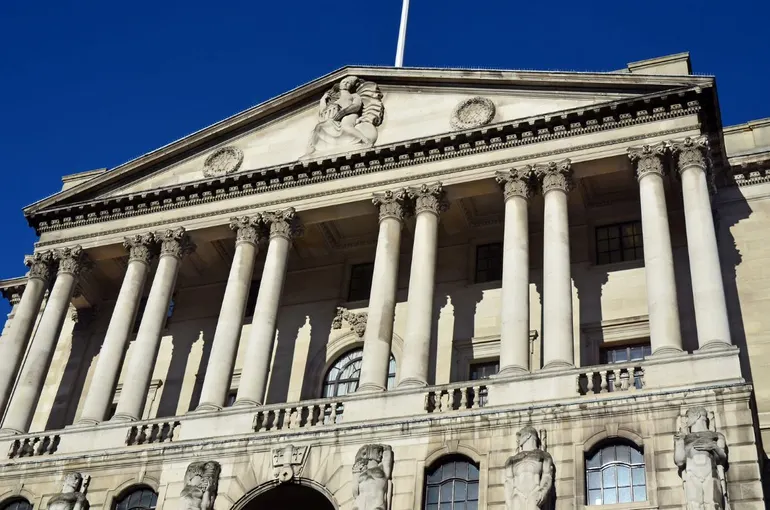BOE Signals End of Peak Restrictiveness, Markets Eye Possible Christmas Rate Cut
BOE Signals End of Peak Restrictiveness, Markets Eye Possible Christmas Rate Cut
By
Calder Monroe
Last updated:
November 7, 2025
First Published:
November 7, 2025

Photo: Forbes
The Bank of England (BOE) voted Thursday to hold its key interest rate at 4%, with a narrower-than-expected 5-4 split among its nine-member Monetary Policy Committee (MPC). The decision comes as economists increasingly anticipate a rate cut before Christmas, with a full-year easing potentially continuing into 2026.
Governor Andrew Bailey told CNBC that the BOE has passed the peak of restrictive monetary policy, following five rate cuts since August 2024, signaling a gradual shift toward easing. “For my part, policy is still restrictive, but it’s past peak restriction,” Bailey said, emphasizing that the central bank will continue to monitor inflation and labor market data before the last meeting of the year on December 18.
Inflation and Labor Market Trends
The BOE noted that inflation, at 3.8% in September, has likely peaked, with underlying disinflation trends supported by slower pay growth and moderation in services price inflation. Economic growth remains subdued, and slack is building in the labor market, according to the central bank.
Bailey also highlighted that the upcoming Autumn Budget on November 26, expected to address a £20-50 billion fiscal gap, will be considered in the BOE’s assessment. Economists expect Chancellor Rachel Reeves to announce measures including potential income tax increases, which could reduce consumer demand and further ease inflationary pressures.
Markets React and Rate Cut Expectations
Financial markets responded swiftly. U.K. government bond yields fell, with the benchmark 10-year gilt dropping nearly 3 basis points, while the pound edged 0.18% higher against the U.S. dollar. Analysts suggest that rate-setters are focused on avoiding premature cuts, waiting for sustained disinflation signals and slower pay growth before easing further.
Economists widely predict that the BOE could implement 25 basis point cuts as early as December, followed by additional reductions throughout 2026 if inflation continues to cool. Oxford Economics notes that most MPC members are more concerned about cutting rates too quickly than too slowly, favoring a data-driven approach.
Economic Outlook and Policy Implications
Dean Turner, chief economist at UBS Global Wealth Management, remarked, “If policy is tight, inflation is falling, and growth is lackluster, then interest rates are going to come down. The challenge is predicting the timing.”
Allan Monks, JP Morgan’s chief U.K. economist, added that further labor market softening — for example, an unemployment rise to 4.9% or weaker sequential gains in core CPI services and private pay — could accelerate the path to rate cuts.
Markets now broadly price in at least two 25-basis-point reductions next year, potentially bringing the Bank Rate to 3.50%, with a third cut to 3.25% possible if fiscal tightening is front-loaded.
Looking Ahead
The BOE’s careful pause this month reflects the balance between cooling inflation and sustaining economic growth, particularly ahead of fiscal policy announcements. Governor Bailey and the MPC appear poised to act gradually and cautiously, guided by incoming economic data and the anticipated effects of the Autumn Budget.
Economists and investors alike will be closely watching the December meeting and upcoming economic indicators to gauge how quickly the BOE moves from restrictive to accommodative policy, shaping borrowing costs, market sentiment, and the broader U.K. economic outlook for 2026.
Popular articles
Subscribe to unlock premium content
The Rise of Silent Walking Tours in Historic Cities

The Rise of Ultra-Niche Cooking Classes Focused on Historical or Regional Recipes

The Rise of One-Person Dining Experiences for Ultra-Introverts in Major Cities

The Rise of Silent Walking Tours in Historic Cities

The Rise of Ultra-Niche Cooking Classes Focused on Historical or Regional Recipes

The Rise of Silent Walking Tours in Historic Cities









